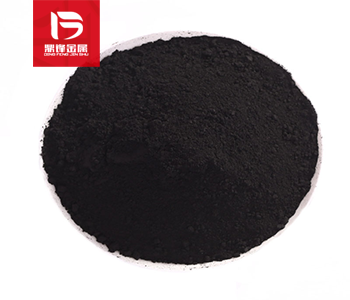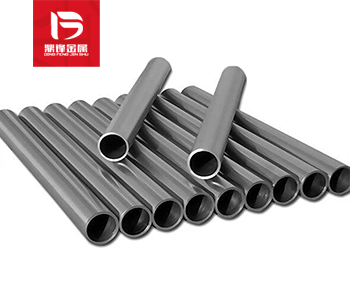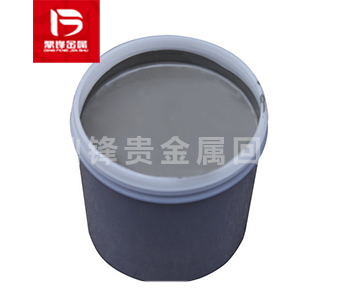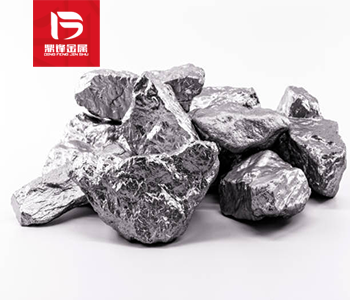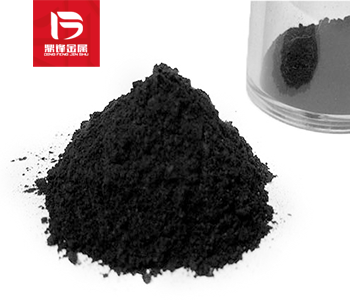Palladium water recovery: What are the specific steps for palladium water recovery and extraction
Palladium is an important precious metal widely used in fields such as electronics, automobiles, and chemicals. The recovery and extraction of waste palladium water is an environmentally friendly and
Palladium is an important precious metal widely used in fields such as electronics, automobiles, and chemicals. The recovery and extraction of waste palladium water is an environmentally friendly and economically valuable process that can extract palladium from wastewater and achieve resource reuse. The following are the specific steps for recycling and refining waste palladium water, to help you understand the entire process of recycling waste palladium water.
Step 1: Collect waste palladium water
Firstly, it is necessary to collect samples containing waste palladium water. Waste palladium water can come from various industrial processes, such as electroplating, catalyst preparation, or chemical reactions. Ensure that the collected waste palladium water samples are sufficiently pure and try to avoid interference from pollutants.
Step 2: Pre treatment of waste palladium water
Next, pre-treat the waste palladium water. The purpose of pre-treatment is to remove impurities and organic matter from wastewater, in order to make the subsequent extraction process more efficient. Common pre-treatment methods include sedimentation, filtration, centrifugation, and pH adjustment. Through these steps, Suspended solids and most organics in waste palladium water can be removed.
Step 3: Metal precipitation
Mix the pre-treated waste palladium water with a metal precipitant. The selection of metal precipitants is usually based on the chemical properties of waste palladium water and the effectiveness of precipitation reactions. Common metal precipitants include Copper(I) chloride, Iron(II) chloride, etc. During the mixing process, the metal precipitant will react with palladium ions in the waste palladium water and generate palladium precipitates.
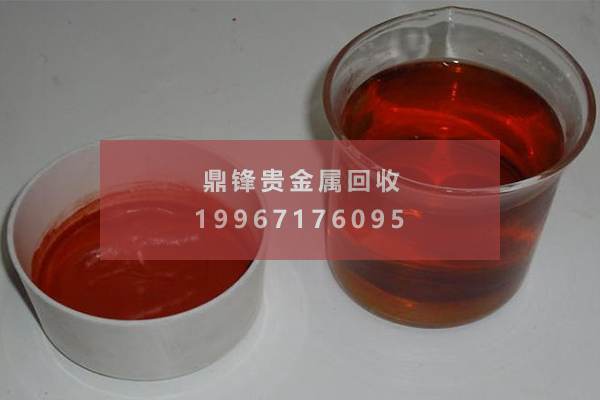
Step 4: Filtering and washing
Separate the generated palladium precipitate from the waste palladium water. Through the filtration process, palladium precipitates can be screened out from waste palladium water. Next, wash the palladium precipitate to remove residual impurities and metal precipitants. The commonly used washing methods include repeated water washing and acid washing to ensure the purity of palladium precipitates.
Step 5: Recovery of palladium precipitate
Dry and heat the washed palladium precipitate. Through these steps, palladium precipitates can be converted into recyclable palladium metals. The drying process usually uses low-temperature heating or vacuum drying to remove moisture. Then, the palladium precipitate is calcined at high temperature to convert it into Palladium(II) oxide. Palladium(II) oxide can be further reduced to pure palladium.
Step 6: Refinement of palladium metal
Finally, further refining and purification were carried out on the obtained pure palladium metal. The refining process can include methods such as dissolution, electrolysis, and chemical reduction. These steps will remove impurities from palladium metal and improve its purity. The resulting pure palladium metal can be further applied in various fields.
The above are the specific steps for recycling and refining waste palladium water. It should be noted that different recycling and refining factories may have different process flows and equipment choices, and the specific steps may also be adjusted according to the characteristics and recycling goals of waste palladium water. In practical operation, adjustments and improvements need to be made according to specific circumstances. These steps require scientific and precise operation, and comply with environmental requirements to ensure efficient recovery and reuse of palladium. The process of recovering and refining waste palladium water not only reduces resource waste, but also helps to protect the environment and promote sustainable development.
&Quot; Dingfeng Precious Metals Recycling includes precious metals such as gold, silver, palladium, rhodium, platinum, germanium, iridium, ruthenium, etc. This is our business in precious metal recycling. If you have precious metals such as gold, silver, palladium, rhodium, platinum, germanium, iridium, ruthenium that need to be recycled, please contact us and we will provide you with a satisfactory price& Quot;



